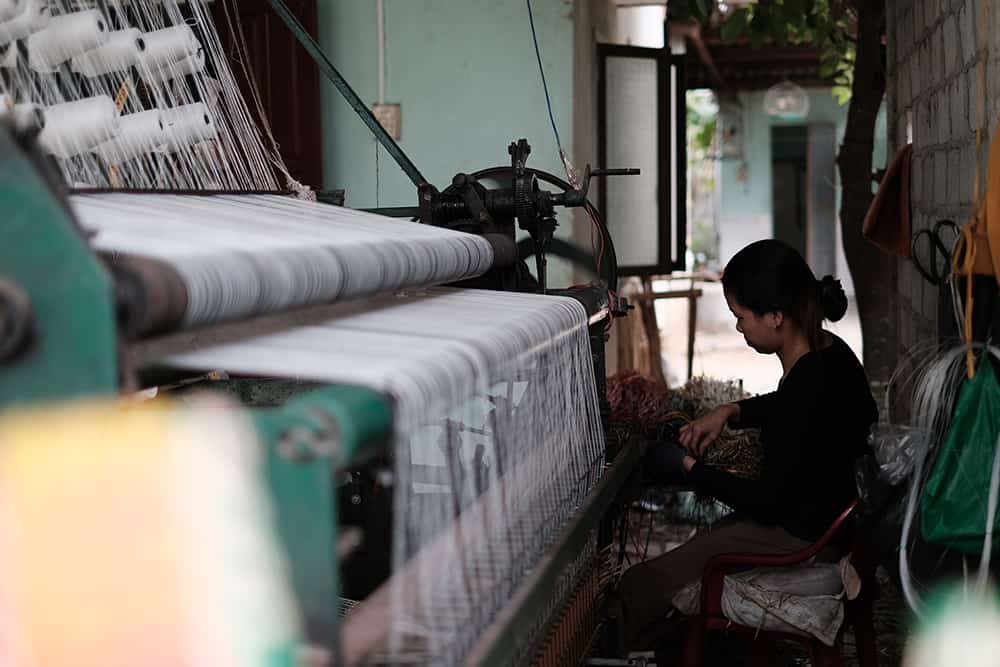04 Nov 4th November Fast vs Slow Fashion Who will win

This competition is something that will affect all of us but we just don’t know it yet. Textiles and clothing are the second highest contributor to global production waste. It is estimated that only 1% of all textile waste is properly recycled. Why do we have so much of it? Because no one fully predicted the side effects fast fashion would have on the environment and for our future generations.
fast fashion [fast fash-uhn]
noun
Low-priced clothing that is bought to market quickly and copies fashion trends created by luxury brands.
“Fast fashion produces 1.2 billion tonnes of greenhouse emissions annually”
slow fashion [slow fash-uhn]
noun
Buying higher quality garments that will last longer, they are created with sustainability and longevity in mind and they are also made with ecological ethics.
“Slow fashion is aiming to slow down consumerism and increasing the awareness of how to live a more sustainable lifestyle”
Fast fashion has changed the way we view the most current fashion trends. Instead of fashion brands creating four seasons a year (Spring/Summer, Fall/Winter, Resort and Pre-Fall), they are now having fifty two seasons a year. These companies are bringing out new trends each week and production factories are having to keep up. High street stores are reflecting these changes by having a fast turn around, but this relies on low prices so consumers will keep buying and so fashion is accessible to all. The quality of clothing has diminished but the quantity has increased as people are constantly buying new clothes each week. This is a case of the “see now, buy now” attitude, and this cycle needs to stop.
Slow fashion is, in some cases, the complete opposite to fast fashion. Slow living is becoming a bit more well known now, as the environmental impacts of fast fashion are becoming more obvious to us. Living slower is all about keeping up the quality of the items you buy, as each purchase becomes more of an investment. Items last longer and are made with environmental and human rights in mind. This causes a knock on effect; we are producing less waste, becoming more mindful in our choices and causing a positive impact on the environment.
Even though slow fashion and living is becoming a more recognisable lifestyle, we still have a long way to go before it overtakes the fast way of living.


